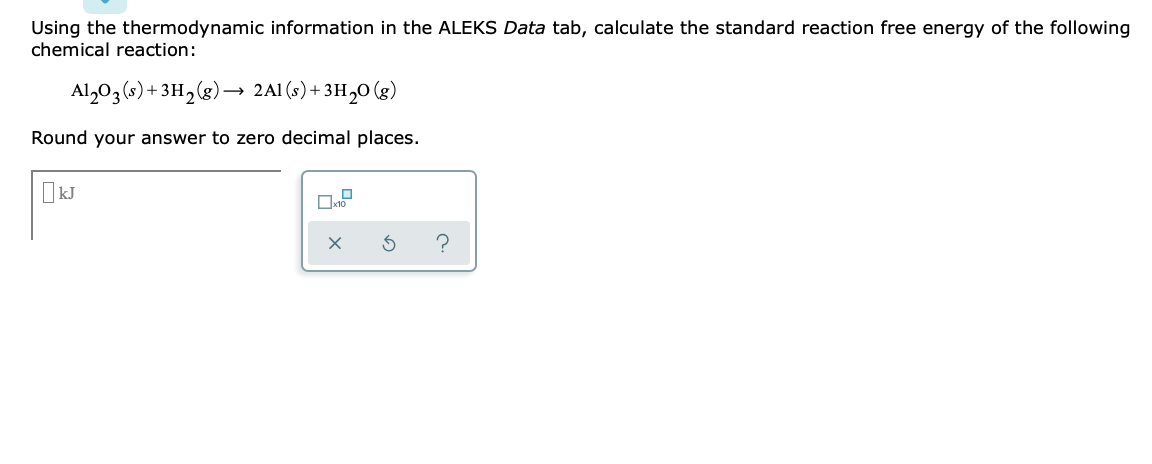

Celsius temperatures are related to Kelvin temperatures via Eq. This temperature scale is called the absolute Kelvin temperature scale, and temperatures are expressed as kelvins. Zero is the lowest possible temperature, and all measurable temperatures on this scale are positive. It is arbitrarily assigned a temperature of exactly 273.16 K simply in order to preserve a close numerical agreement with older temperature scales, such as the Celsius scale. The triple point of water is the single most important reference point in thermometry. The value of P 273.16 K is the corresponding measured pressure of the gas when the thermometer bulb is in contact with water at its triple point. The resulting calculated values of temperature are extrapolated to zero pressure to obtain the thermodynamic temperature. The pressure, P T, of the fixed mass of the gas at temperature T is measured for progressively smaller values of the mass of the gas. Two important types are those restrictive to thermal energy but not work (adiabatic walls), and those restrictive to work but not thermal energy (diathermic walls). Boundaries can be restrictive with respect to specific forms of energy. A system whose boundaries are restrictive only to mass of components is called a closed system, whereas an open system has nonrestrictive walls and hence can exchange energy, volume, and mass with its surroundings. A system whose boundaries are restrictive to energy and to mass of components is said to be an isolated system. A boundary which is restrictive to one component of a system but not to the other components is called a semipermeable wall or membrane. A boundary which restrains the system to a given volume V is a fixed, rigid wall. Boundaries that restrain a system to a particular value of an extensive property are said to be restrictive with respect to that property. The concept of a boundary enclosing the system and separating it from the surroundings requires specification of the nature of the boundary and of any constraints that the boundary places upon the interaction of the system and its surroundings. Typical extensive properties are the energy, volume, and numbers of moles of each component in the system, while typical intensive properties are temperature, pressure, density, and the mole fractions or concentrations of the components.Įxtensive properties can be expressed as functions of other extensive properties, for instance, as in Eq. Extensive properties are proportional to the total mass of the system, whereas intensive properties are not.

Properties that define the state of the system can be classified as extensive and intensive.

This goal implicitly carries with it the concept that there are measurable properties of the system which can be used to describe adequately the state of the system, and that the system is enclosed by a boundary or wall which separates the system and its surroundings.

The basic goal of thermodynamics is to provide a description of a system of interest in order to investigate the nature and extent of changes in the state of that system as it undergoes spontaneous change toward equilibrium and interacts with its surroundings.


 0 kommentar(er)
0 kommentar(er)
